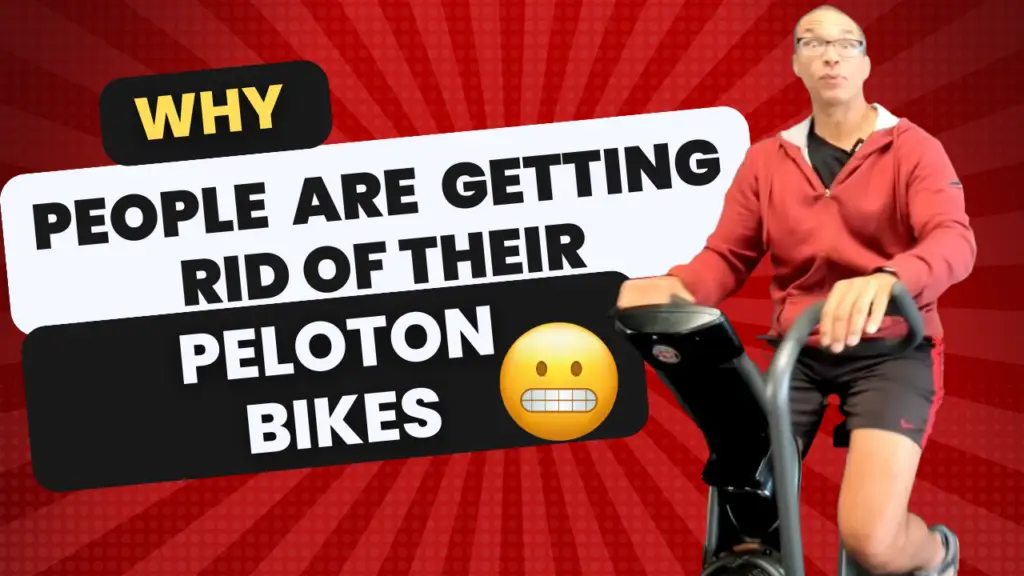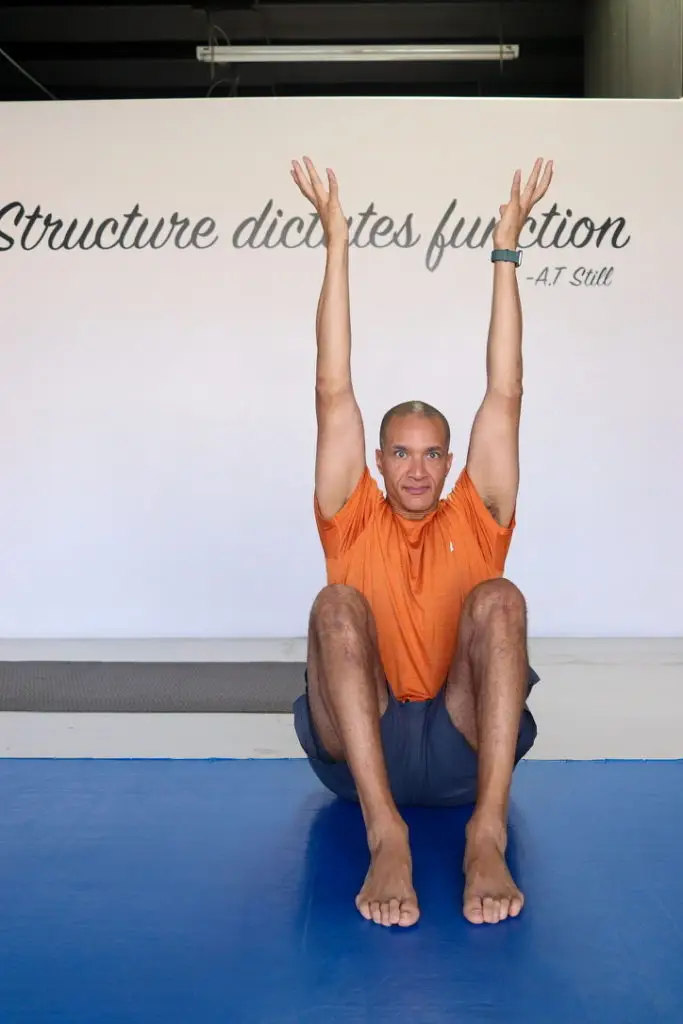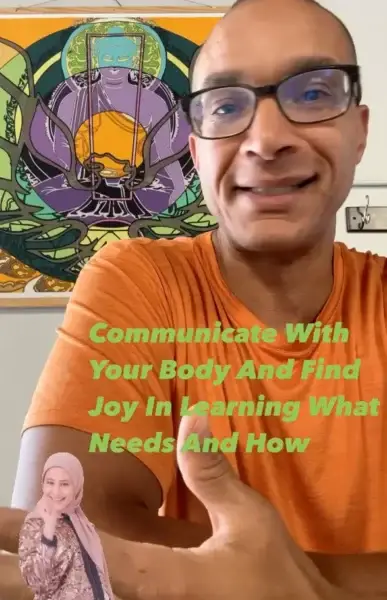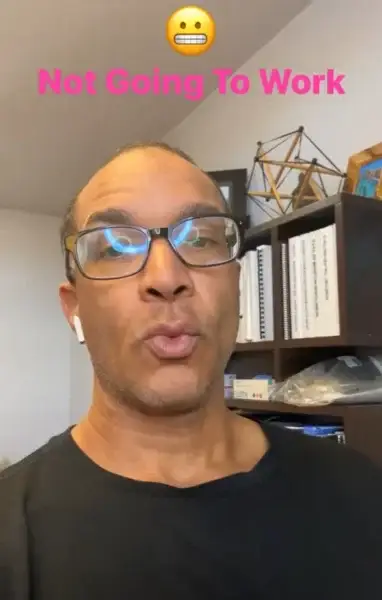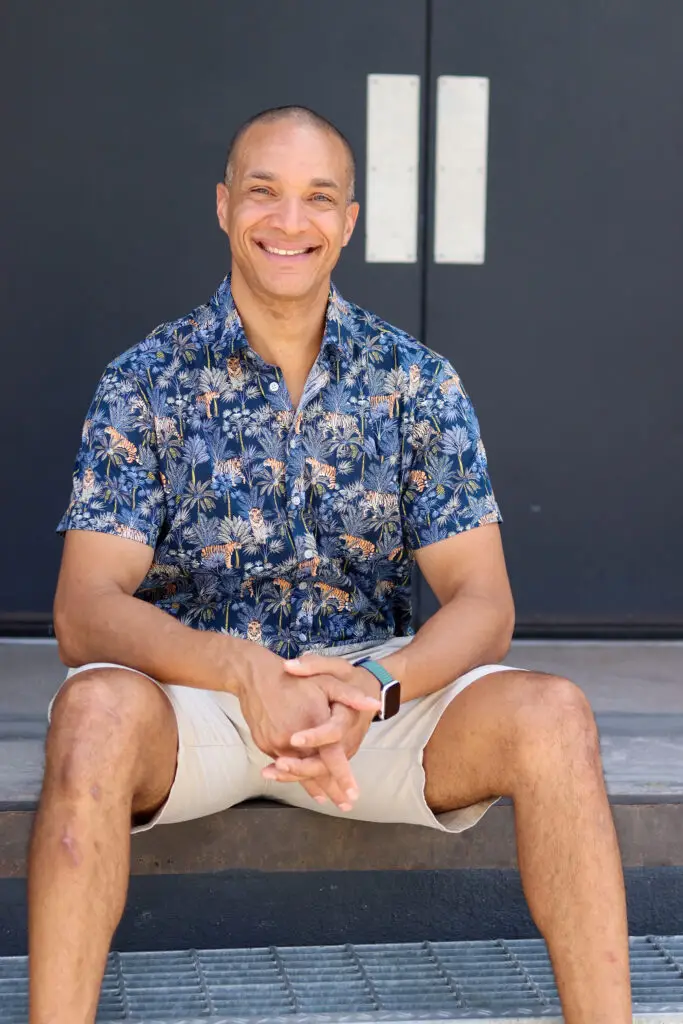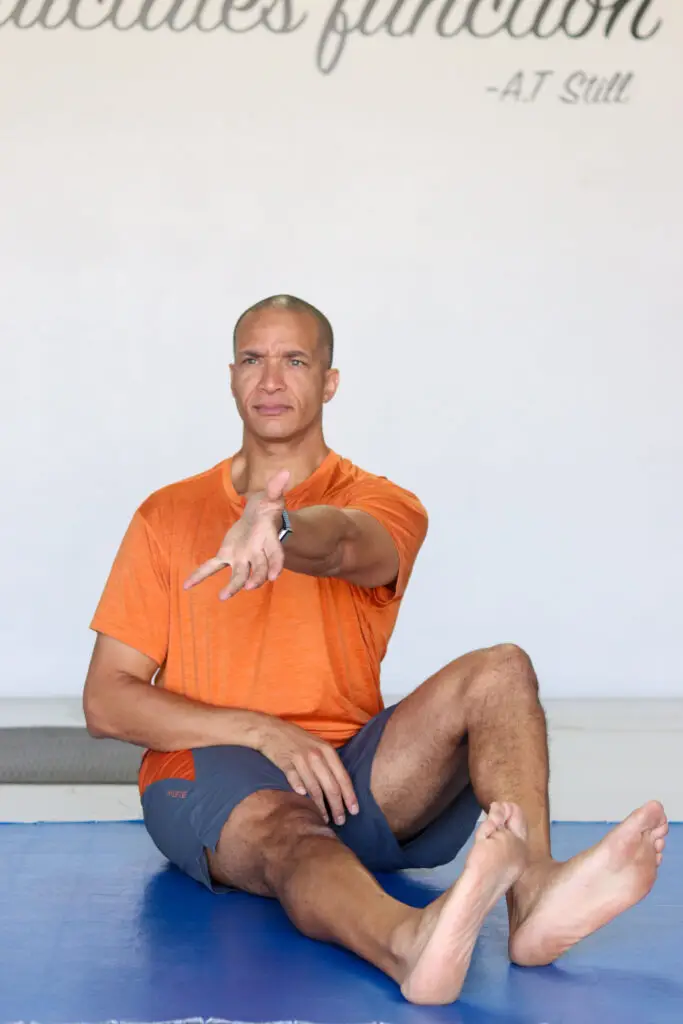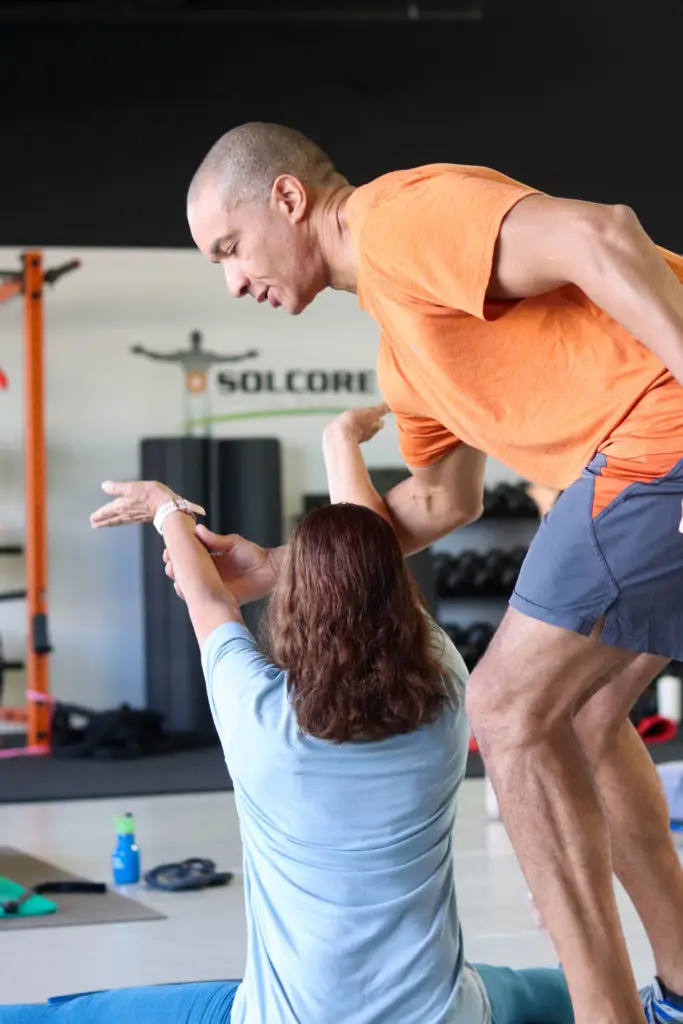You’ve probably seen the term functional fitness workout tossed around everywhere lately.
But here’s the truth: what you see online or at the gym under that label is often misleading — or worse, harmful.
The original idea behind functional fitness was solid: training your body to perform real-life movements with strength, ease, and efficiency. But the fitness industry has warped this into circus acts and extreme trends — things like balancing on balls with weights overhead or twisting mid-air with kettlebells.
Even for seasoned pros, those workouts make no sense. And for most people, they’re a fast track to injury.
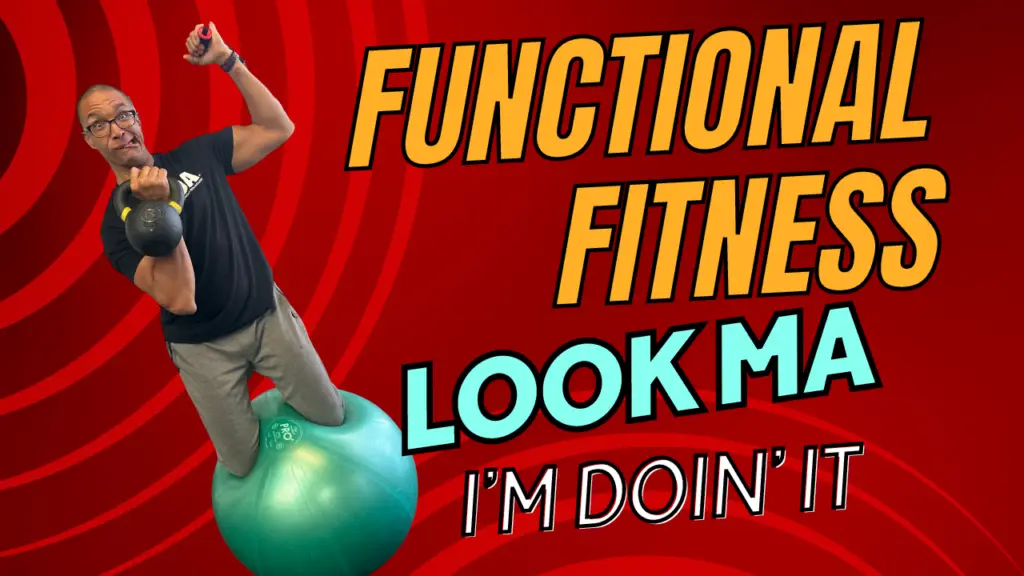
Click the image to watch
So What Is Functional Fitness, Really?
Let’s go back to the definition. Something that is functional has a specific purpose or task. So functional fitness should support the way you live, move, and work — helping you feel better and function better in your day-to-day life.
That might include training to:
- Walk, squat, twist, and bend with ease
- Paint walls or lift gear in your profession
- Run a 10K or play with your grandkids pain-free
But functional training isn’t a one-size-fits-all set of exercises. The movements you need depend on your goals.
Three Kinds of Functional Training
- Sport-specific — Focused on athletic performance. Runners train different muscle chains and movement patterns than skiers or lifters.
- Work-specific — Based on your job. A painter needs mobility and control in the shoulder, wrist, and neck. A nurse may need strong legs and posture.
- Life-specific — For general health, longevity, and pain-free movement in daily life. This is where most people should start.
Ironically, the more you focus on sport or work-specific training, the more you risk losing function in everyday life. Why? Because you’re overtraining narrow patterns and neglecting others.
The Foundation of True Function
If your goal is to function better in life, here’s where to start:
✅ The 7 Primal Movements
These are basic, essential motions you do every day:
- Squat
- Bend
- Push
- Pull
- Lunge
- Twist
- Gait (walk/run)
Training these movements properly will make daily life easier. But you shouldn’t start here.
✅ Start with Your Deep Stabilizers
Real functional training begins with the PIT muscles — the deep internal stabilizers that prepare your body to move. These include:
- Transversospinalis group
- Deep hip rotators
- Deep shoulder stabilizers
- Fascia and visceral supports
These muscles receive the brain’s signals first. If they’re weak or disconnected, your body will compensate with larger muscles, creating dysfunction and strain.
Structure Dictates Function
This principle — first taught by osteopathic founder Andrew Taylor Still — says your body can only function well if its structure is aligned and balanced.
Your fascia, bones, and muscles don’t just hold you up like a stack of blocks. They create a biotensegrity system, where tension and compression are distributed across your whole body through fascia.
That’s why good posture isn’t cosmetic — it’s functional. Without structural balance, even “good” exercises cause harm.
Train What You Actually Use
Want to be able to balance on one leg? Then train the glute medius — in all three of its fiber directions. Want to squat pain-free? Work the deep hips and spinal stabilizers first.
If you skip this and go straight to dynamic exercises, you’re training dysfunction on top of imbalance.
And those extreme workouts that promise strength, mobility, endurance, and balance all in one? Total nonsense.
Your body needs focus to adapt. Each quality — like flexibility, strength, or endurance — takes months to build. You can’t rush it by stacking everything into one session.
Real Functional Training Takes Time
Here’s a simple path:
- Rebuild structure — Get your posture, alignment, and fascia moving well.
- Activate deep stabilizers — Teach your nervous system how to move safely.
- Train primal patterns — Squats, twists, lunges — correctly and with intention.
- Build specific traits — Endurance, strength, mobility — one at a time.
Each layer may take months. But it sets you up for a lifetime of movement freedom.
Functional fitness is not a shortcut. It’s a foundation.
Want to Learn How to Train Functionally (the Right Way)?
If you’re tired of confusing workouts, nagging pain, or wasted time, we can help. Our holistic program trains your body from the inside out — respecting fascia, structure, and function at every step.
👉 Click below to schedule a complimentary consultation.
We’ll talk about your goals, your body, and your best next step.
it’s not just working out, it’s building a foundation for a better life.
Find out more @

